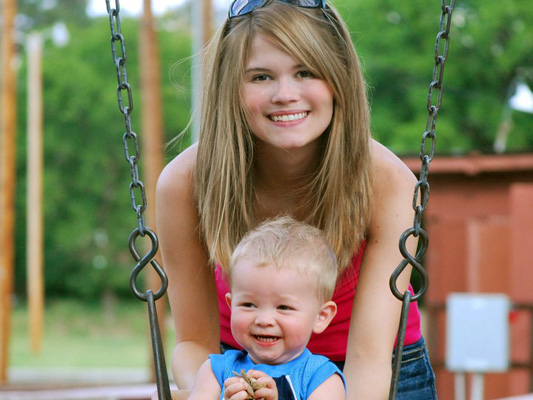Playground Safety

Going to the park or playground? Make sure to consider the condition of the equipment. A recent study by the AAP of playgrounds in Chicago showed one third to one half failed safety inspections1. The inspection included age appropriate design, ground surfacing, equipment maintenance and physical environment.1
Slides
- Plastic sides are better than metal. Metal slides can get hot and cause burns on your child's hands and legs.
- Slides should have rails at the top for your child to hold on to.
- There should be a device at the top that requires your child to sit before going down.
- Make sure the area is clear of rocks, glass, sticks or other debris that could injure your child.
- The landing surface should absorb any impact if your child falls.
Swings
- Seats should be made of soft materials.
- Make sure there are no moving parts that might pinch your child.
- There should be at least 6 feet in front and behind the swing.
- Make sure open or "S" hooks are closed to form a figure 8.
- Swings should not be too close to each other. There should be at least 24 inches between seats.
- Older children should not play on swings made for smaller children. They could break.
Bicycle safety
- All family members should ride with bicycle helmets.
- Supervise street crossing.
- Make sure the size of the bicycle your child rides is right for him. Your child's feet should both touch the ground when he stands over the bike. The top tube of the bicycle should be at least two inches below your child's pelvis.
- See our guide What to Expect as Your Child Grows for more information.
Playing serves an important role in social and emotional development and provides equally important physical benefits. Have fun! but be sure and check the area and equipment before they play and don’t forget the sunscreen.
1The study, “Playground Safety and Quality in Chicago,” in the February 2013 issue of Pediatrics.

